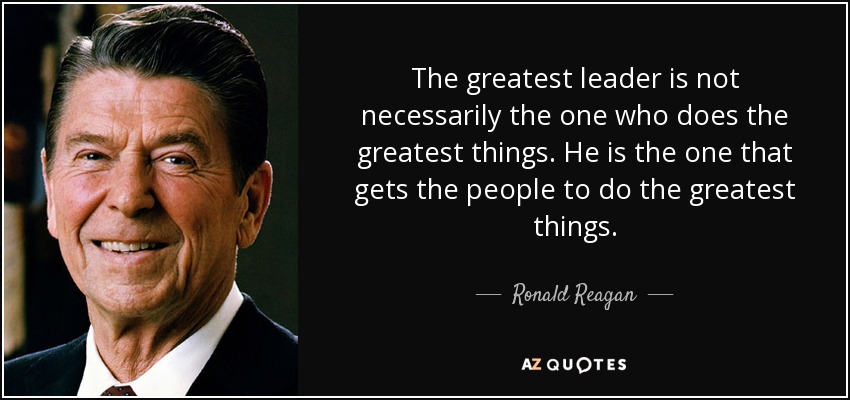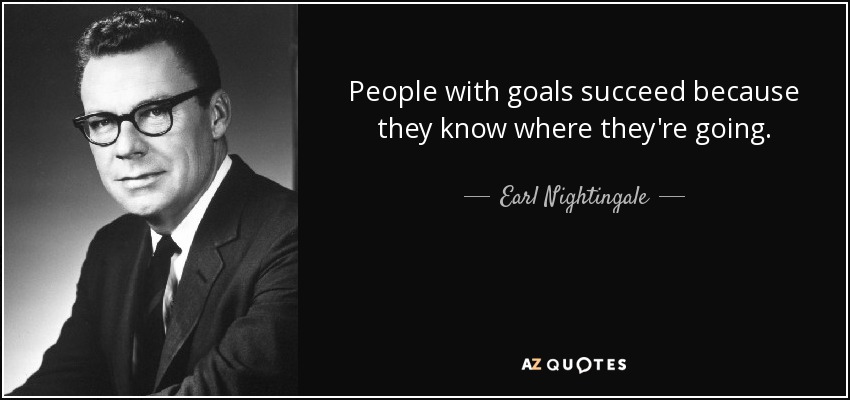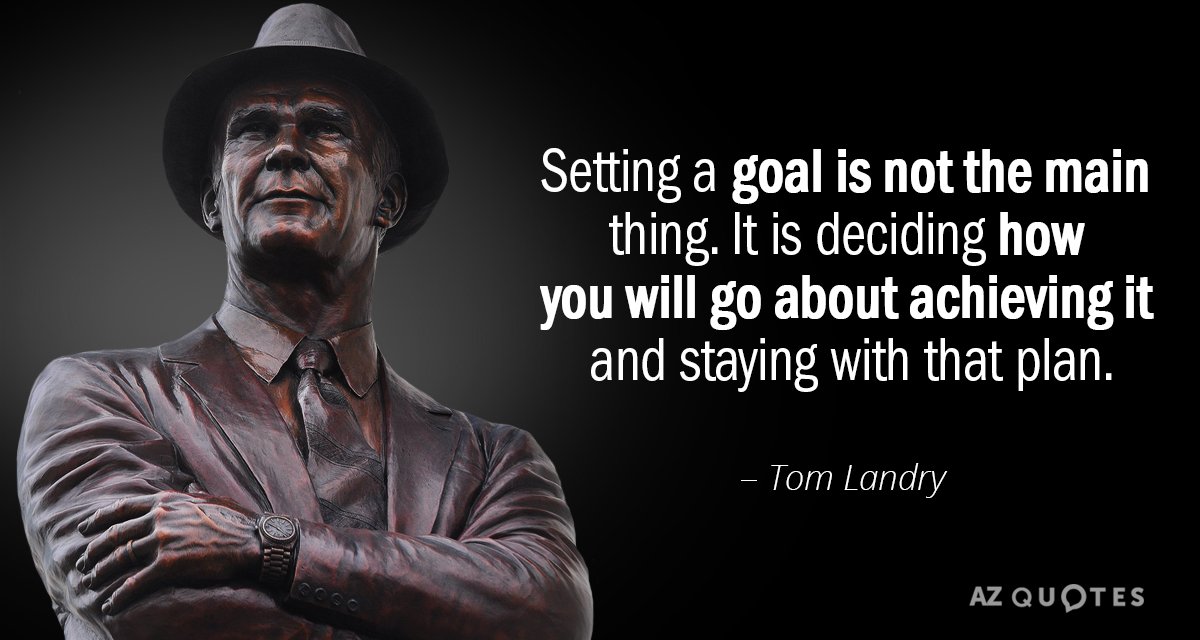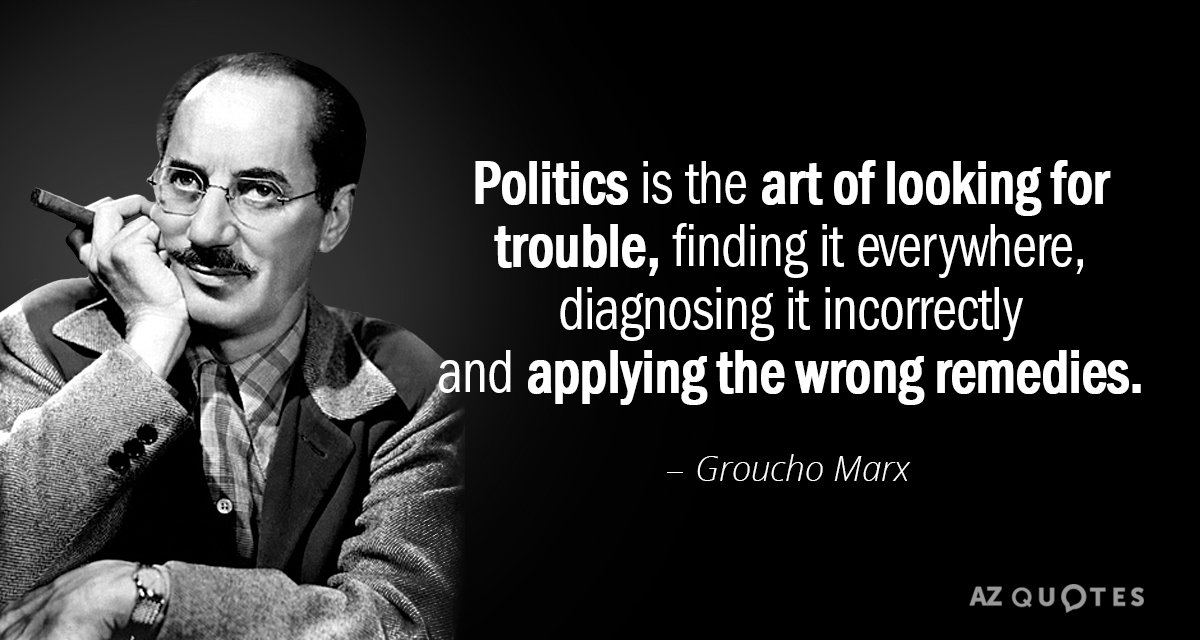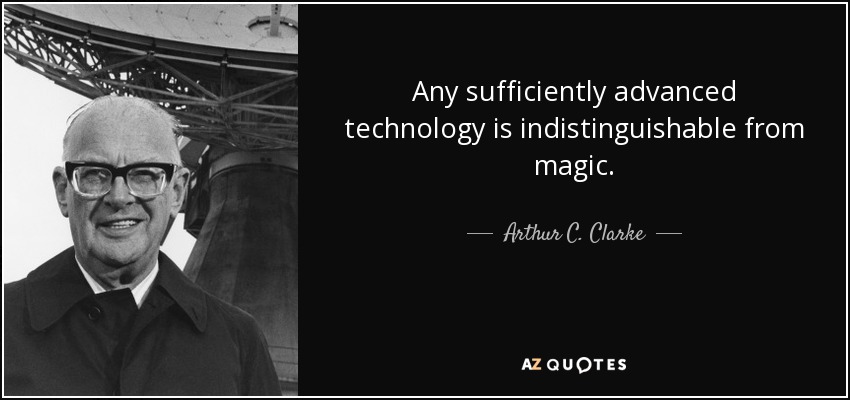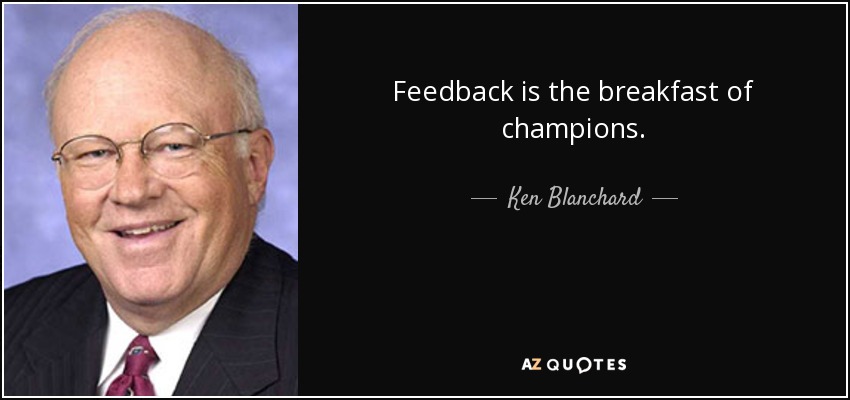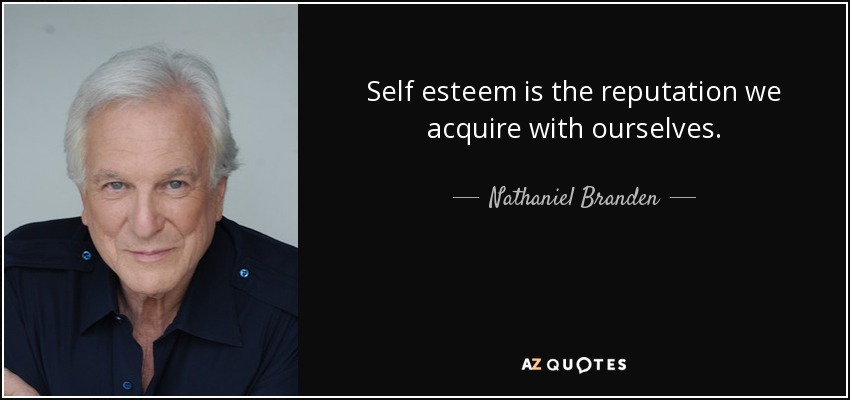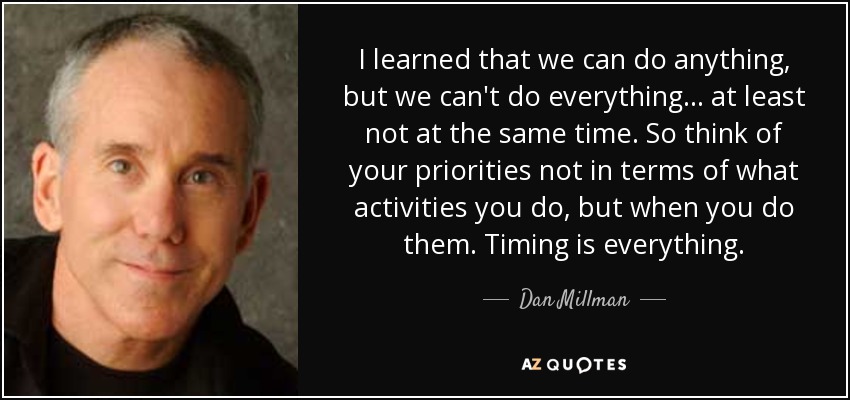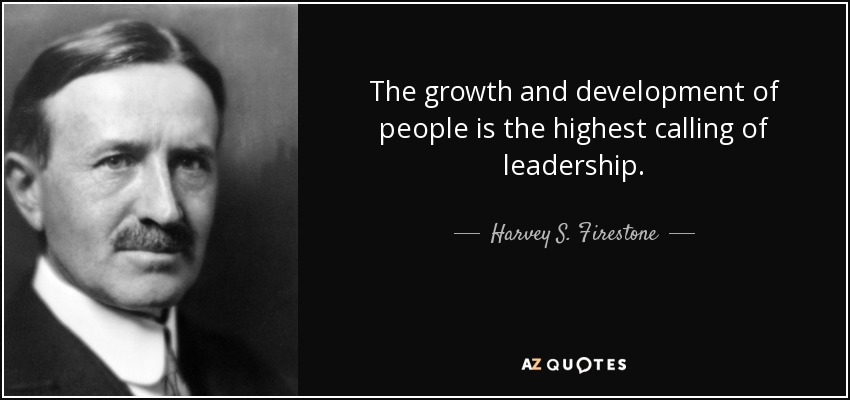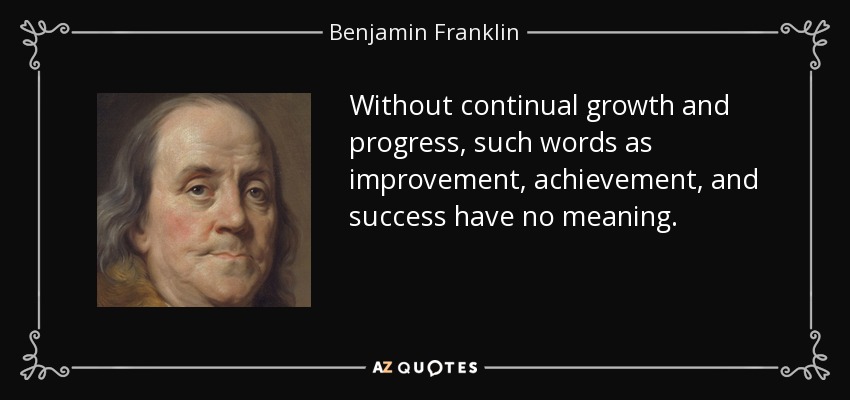Click here to return to Blog Post intro

Eikenberry and Turmel posit, “Leading a team at a distance is first and foremost about leadership, and the principles of leadership haven’t changed—they are principles. What has changed is that people are working in different places and perhaps at different times.”
In visiting with leaders from NASA (a.k.a. rocket scientists), Eikenberry asked them which was more complex—rocket science or leadership. The response was swift and simple—leadership was the clear and decisive winner.
If leadership is an action, it isn’t a title or position. You are a leader when people follow you—if they aren’t following, you aren’t leading.
The skills of management are focused on things: processes, procedures, plans, budgets, and forecasts. The skills of leadership focus on people, vision, influence, direction, and development. Both are valuable skill sets, and it is likely you need all these skills to be successful in your role.
What We’ve Learned about Long-Distance Leaders
Rule 1: Think about leadership first, location second.
How We Got to Long-Distance Leadership
Rule 2: Accept the fact that leading remotely requires you to lead differently.
It may have always been lonely at the top, but now we’re literally, physically, by ourselves much of the time. When Queen Victoria grumbled, “We are not amused,” the person she was scolding stood in front of her and knew she meant it. They couldn’t slough it off with an “LOL” or an emoji.
In the past, most business communication that wasn’t face-to-face was done on the telephone. Less than fifteen years ago, the percentage of time people spent talking on the telephone outweighed the time spent reading and writing email significantly. Now the time spent on those activities has reversed, and the trend continues.
Most team leaders, supervisors, and managers had the people they worked with in a single location, or within easy physical reach. Only leaders at the regional level and above in large companies had to worry about managing people remotely. Leadership development and training assumed a lot of face-to-face contact. That may not match your reality today, and most leaders say they haven’t received sufficient (or any) training in the real dynamics of leading remote and hybrid teams.
Before, when you made a decision, asked a question, or gave direction, you looked in the other person’s face, or at least heard their voice. You could tell if you were understood or if they agreed with what you were saying. You had real-time feedback so you could coach, answer questions, or change course quickly. If you needed answers, you got them immediately. You even occasionally got a smile or a “thank you” that made you feel good. These are just some of the real emotional rewards that can come with being an effective leader.
One client put it this way, “Managing has always felt like herding cats. But now I’m trying to herd cats by email.”
What it Means to Lead at a Distance
Rule 3: Know that working remotely changes the interpersonal dynamics, even if you don’t want it to.
Ad executive and U.S. Congressman Bruce Barton said, “Sometimes when I consider what tremendous consequences come from little things… I am tempted to think… there are no little things.”
The terms “remote” and “virtual” teams are used interchangeably but aren’t necessarily the same. According to Dr. Karen Sobel Lojeski, formerly of Stonybrook University and now CEO of Virtual Distance International, here’s the distinction: “Remote distance is just what it says. The people you lead are somewhere else at least part of the time. Perhaps you’re a sales manager with people working from the road who are constantly on their laptops and phones. Or you’re a project lead with team members scattered from Bangor to Bangalore. Or the company you run has a single location, but you have one person who, because of childcare needs, works from home one day a week… Virtual distance is more complicated. Communication is primarily through technology, and you may be separated by distance, but there are structural differences to the relationship. If you lead a project where your team is made up of people from different departments, for example, you may have all the responsibility of a leader but none of the actual authority.”
Here’s what shouldn’t change:
- The leader’s primary focus. Whether they are outside your office door, down the hall, out in the warehouse, or in another time zone or country, leadership is still about human beings. Too often leaders want to move to the details of situation or context without first remembering that team members have feelings, emotions, needs, and personal objectives that need to be considered. Start with the idea that everything starts with people and you will start in the right place.
- The roles of leaders. Regardless of where the team is located, leaders are asked to coach, influence, and communicate. They are expected to coalesce and collaborate with teams, set goals, and lead change.
What Has Changed
Whether we’re talking actual physical presence or “virtual presence” where you are available and visible to your people, “being seen” is critical to leadership and suffers in a long-distance relationship.
Virtual communication changes the interpersonal dynamic, even if you don’t want it to. As a Long-Distance Leader, it gets harder—and perhaps even more important—to intentionally nurture relationships with all your team members.
The way information is received is often filtered and mediated in unexpected or unintended ways. As a leader, you don’t just send messages; you receive them … in mass quantities and multiple forms. When you work in proximity with people, you can pop in for a clarifying chat or watch their body language as they give you bad news and respond accordingly. When you receive information on the phone, often without context or advance notice, it is hard to make sure you’re really reading carefully, processing the information clearly, and responding in ways you are proud of.
As a Long-Distance Leader, it gets harder—and perhaps even more important—to intentionally nurture relationships with all your team members.
Leading at a distance is literally a lonely job. While it’s lovely to have uninterrupted time to get your work done, part of the joy of leadership is being with other people. Hearing other opinions, getting timely answers to questions, brainstorming, and building on ideas is an exciting part of your role. The authors’ survey confirms that feeling isolated from their teams is a huge concern for leaders and impacts their effectiveness and job satisfaction.
The Remote Leadership Model
Rule 4: Use technology as a tool, not as a barrier or an excuse.
Speaker and Coach Rasheed Ogunlaru wrote, “All the tools, techniques, and technology in the world are nothing without the head, heart, and hands to use them wisely, kindly, and mindfully.”
The job of leading remains the same whether you’re all together or not. The work needs to be done, whether people are outside your office door or in Guam.
The most important difference when leading remotely is that leaders are expected to exhibit all leadership behaviors, and do it using tools and technology with which they might not be comfortable. That’s a bigger deal than you might think. If you’re an American and have ever driven in England, you’ve probably risked your life proving this point. At first blush, driving a car is driving a car: four wheels, steering wheel, combustion engine, windshield in the front—it’s more than 90 percent the same as driving in your own neighborhood. The only differences are that the steering wheel is on the other side of the car and you drive on the other side of the road. These “small differences” have led to an awful lot of stressful drives and near misses.
The lesson of the Remote Leadership Model is simple: the job of leading—what we do—hasn’t changed nearly as much as how we do it.
The Three O Model of Leadership
Rule 5: Leading requires a focus on outcomes, others, and ourselves.
The most common understanding is that leadership is about outcomes (stated with such words as “goals,” “mission,” “vision,” “objectives,” and “success”) and other people (stated with such words as “influencing,” “coaching,” “communicating,” and “building teams”).
The Three O Model of Leadership outlines three areas of focus all leaders must recognize and use to reach their maximum success.
- Outcomes—you lead people with the purpose of reaching a desired outcome.
- Others—you lead with and through other people to reach those outcomes.
- Ourselves—you can’t leave yourself out of this model. While leadership is about outcomes and other people, none of that happens without you whether you like it or not.
As a Long-Distance Leader, this focus on outcomes is, if possible, even more important and can definitely be harder.
When people are working remotely, leaders are likely alone more of the time and can be subject to isolation. Where we work forms a bubble around our habits, our thoughts, and the things we focus on. This isolation often leads to silos of the smallest nature—people acting as if they are a team of one, a Lone Ranger solving problems and making things happen from their home office desk (see my post entitled “Are you a Lone Ranger Leader?”).
Over time, without guidance, they become focused on individual goals and key performance indicators (KPIs) rather than team goals.
As a Long-Distance Leader, you must decide to do the unnatural things, you must focus (even) more on your team members, you must be diligent in supporting them and their needs, but you can’t do those things until you decide that you are going to.
When people work remotely (especially from home), boundaries are harder to set. With our phones and devices always within reach, it is easy to check email in the evening or first thing in the morning; you get the idea.
Make sure you are setting reasonable expectations and boundaries for the team around expected response times, working hours, and working on the weekend.
Create mutually clear expectations. It is important to define and agree on the expectations of the work and the results—and how you’ll measure success.
Types of Outcomes
Rule 6: Leading successfully requires achieving goals of many types.
Remember that working remotely can be like living alone on an island. There is less interaction, and none of it happens serendipitously. Without solid, clear targets, individuals can drift, losing sight of both the big picture and their role too. That’s why tools like electronic dashboards, intranets, and online project management systems are so important—they provide visibility even when people are miles apart.
One more thing here: team members who are “on their island” may be less aware of the individual contributions, roles, and goals of their teammates (who are in the office, on their own islands, or both). When people don’t have any clue about the work of others, they are less likely to understand the questions they get from them, assume they aren’t busy or their work isn’t important, and much more. This lack of awareness and understanding can cause team rifts, poor communication, frustration, and conflict. As a leader, it is your responsibility to ensure people hear about the good work of their peers and get a chance to build trust in each other. It doesn’t matter if you are busy or if it is hard to do—this is one of the remote leadership challenges you must accept.
Expectations aren’t just about the “big G” goals or the “what needs to happen.” They are about how the work gets done: the rules for working together, the way you’ll support and help each other, what tools you’ll use, and what good communication looks like.
Setting (and Achieving) Goals at a Distance
Rule 7: Focus on achieving goals, not just setting them.
The problem organizations face is the focus is all on setting the goals, when it should be on achieving the goals.
People find these two criteria the hardest to master and the most difficult to make work from a distance: making goals measurable and determining what realistic looks like.
Think of a rubber band and the tension it can provide. If we let the rubber band lay limp on the desk, it doesn’t help us in any way. When we pull it past its breaking point, it is of no value to us either. This is analogous to the slam-dunk goal—it’s like the target that is so big that it doesn’t help us, and in fact de-motivates us. But when we stretch the rubber band just enough, the tension begs us to move in the direction of the tension. This is a good metaphor for a powerful and helpful realistic target, and why setting them at the right level is so important.
Get their thoughts first. If you want realistic goals that people will be committed to, you must create a conversation. As the boss, you won’t have a conversation if you start talking first or if you dominate the conversation. If they aren’t prepared with their thoughts about the goals, it’s better to reiterate the needs and your desire for them to be prepared (and reschedule) rather than plowing forward with your ideas first. Be careful that you set aside enough time for this, as it’s more common to worry about “wasting time” in a virtual environment than it is when you’re sitting together over a cup of coffee. Not only does this need to be a priority, the employee needs proof that it’s important.
Modify with your thoughts, if needed. If you want them to have ownership of the goals, the goals need to be theirs. But if they set targets that you deem as too easy or not quite in alignment with the organizational needs, you may need to help them stretch the rubber band. Help them see that a bigger target can be realistic to both of you. Ensure that the conversation raises their comfort and confidence in reaching that raised target.
One of the best things you can do to help people achieve their goals is to talk about them regularly. Make progress on goals a part of your conversations if you want to achieve more. Setting smaller, incremental targets creates more reasons to connect more frequently. Remember, you won’t bump into each other in the hallway, so you need be more intentional about these short but critical interactions.
You need to be flexible with the goals and their priority and be willing to move some to the back burner (or remove them from the list). Here are two words of advice:
- Acknowledge that things might change as the year goes on.
- Work together to make the required adjustments.
Coaching and Feedback at a Distance
Rule 8: Coach your team effectively regardless of where they work.
Author Wess Roberts wrote, “One of the best things you can do for other people is to help them recognize how they can improve.”
Coaching is the area that Long-Distance Leaders routinely feel they could improve. Time seems scarce, conversations can be uncomfortable or seem more difficult at a distance, and leaders often don’t feel confident that they’re doing it well. Working remotely creates an additional layer of complexity to the part of the job in which we’re already least secure. The fundamentals of coaching—having clear goals, building a relationship, providing both encouragement and correction—don’t change whether you’re in the same room or an ocean apart, but somehow it seems harder. There are two big reasons coaching remotely feels more complicated and stressful:
- Every interaction needs to be conscious and intentional.
- Communicating through technology creates mental and social obstacles that don’t exist face-to-face in person.
Too many coaches do too much of the talking too much of the time. If you want to be a better coach, you must create a real two-way conversation with the other person about their behavior and results. The best way to do this is to ask them first, and create a conversation with them speaking first.
This can’t be emphasized enough: people need ongoing coaching and feedback. Think about it this way: if you get some feedback that you are on the right track, you will lock in the behavior and start to create a habit. Alternatively, if you are doing something wrong and not knowing, you may keep doing it assuming it is fine, and build a habit of doing it wrong. Both can be avoided by providing ongoing feedback.
Coaching is important enough to make the communication as effective as possible. Why do we think face-to-face is better than using the phone? Because we rely on visual and nonverbal cues to help us communicate.
Consider the phrase “check in, don’t check up,” because even the most confident, skilled team members will be fine (and usually appreciate) when you check in with them on how things are going, especially if these check-ins are regular and expected. And even the least seasoned person who may not be performing very well at all doesn’t like to be “checked up on.” The difference between the two is often perception.
Feedback is helpful when it’s clear and specific. The best ways to achieve this is to use examples, have evidence, and give the feedback based on observable behavior. If there is clear data, it reduces the length and strength of people’s defensiveness.
Research shows that most people don’t receive enough positive feedback in the workplace—from their boss or anyone else. This is even more true when people work remotely. When giving feedback over the phone, the tendency is for the feedback to become very transactional.
Feedback about the past is helpful and provides context and data, but for this information to be helpful, it needs to be about what comes next. Leadership coach Marshall Goldsmith calls this feedforward—commentary about what to be doing or changing in the future.
The frequency of one-on-ones isn’t the same for each person. Factors like the nature of their work, their experience and confidence with the work, the type of support he can provide, and the personal preferences of the other person all play into the frequency of these meetings. The meeting isn’t your meeting or their meeting—it must be owned by both of you. More than a nice intellectual thing to say, this means that both parties need to take these meetings seriously, clear their calendars, come prepared, and hold the other accountable for all of this.
Engaging others
How we engage others in a digitally connected but physically isolated world will largely determine whether you hit your goals, and how stressful it will be along the way.
The “Golden Suggestion” for Working with others
Rule 9: Communicate in the ways that work best for others rather than based on your personal preferences.
Author Shannon L. Alder wrote, “The greatest lesson you might ever learn in this life is this: it is not about you.”
When working and leading at a distance, some cues are missing, so you might tend to work from your assumptions, personal preferences, and your more limited history with the other person. Similar to the Golden Rule, you lead and manage others in the way you want to be led and managed. Since humans are all different, that strategy will, by definition, limit your success.
That is why the authors suggest modifying the Golden Rule into the Golden Suggestion—to lead others in the way that works best for them makes sense. It’s a suggestion because you will never be 100 percent sure what works best for them.
Applying the Golden Suggestion helps you engage others in the most positive, constructive, and effective way possible. Meeting the relationship and communication needs of each team member is important, and they won’t all be met in the same way.
Understanding Politics without “Playing Politics”
Rule 10: Leading successfully requires an understanding of what people are thinking, not just what they are doing.
Many of us grow pale at the word “politics”—that word is even why some people don’t want to become leaders. However, there is a difference between playing political games and recognizing the relationships and interactions that can help get things done.
If you are out of sight for long periods of time, people wonder about what is happening with you. When there is a lack of information, assumptions can become gossip and rumors and take on a life of their own. Your actions, explained in a quick email, might be misinterpreted and because you don’t talk to that person for days or weeks, there’s no chance to recognize there’s a problem with your message until Alice starts to act in ways you didn’t expect. Remember that gossip, like a mushroom, grows in the dark. It is your job to be transparent and accessible so that gossip won’t fester.
When working remotely, the written word takes on far greater importance. Texts, reports, emails, and IMs are how you’ll get information from people who may be asleep when you’re working. Read more than what the documents say, but note the tone, tenor, and the frequency too.
Everyone you interact with is searching through their own experiences and results to decide how they should interact with you. As a leader, be more aware of the impressions you make. If people know you mostly as a signature on an email and not a real person, you are constraining their ability to get a positive, accurate impression of you and what you’re trying to accomplish— and why. In the absence of hard evidence, people tend to fill in the blanks— and often not in positive ways. If the leader isn’t visible to people, it leaves plenty of room for rumor, gossip, and misinterpretation of messages.
Understanding and Building Trust at a Distance
Rule 11: Building trust at a distance doesn’t happen by accident.
When working remotely, it’s foolish to say that trust is more important than when you are all working in the same location. What’s different when working remotely is that trust is harder to build and more easily broken. Even worse, the results of that lack of trust may not be immediately visible, and the damage may be irreparable.
Three components are necessary for high levels of trust to exist: common purpose, competence, and motives. The more alignment of these three components, the more trust will exist.
Trust is evidence-based. Without evidence, we must guess at whether we can trust people. If you like to assume positive intent, that works for a while, but what do you do when something happens to shake your trust? For most people it’s easier to damage trust than rebuild it.
Choosing the Right Communication Tools
Rule 12: Identify the leadership results you need, then select the communication tool to achieve them.
Nearly every method of communication strikes some balance of richness versus scope. To have rich one-on-one conversations, you may need to sacrifice time and efficiency. You can save time by dashing off an email, but you do so at the risk of being misinterpreted, or people having questions they need answers to before they can implement your suggestion.
Too often Long-Distance Leaders are so busy doing the job, they aren’t as mindful as they need to be about which tools they use and how effective they are. As a leader, be mindful of your messages and communication goals, then choose the right tool for the task.
Technology Tips for the Long-Distance Leader
Rule 13: Maximize a tool’s capabilities or you’ll minimize your effectiveness.
Two MIT/Sloane Cap Gemini Studies show an important paradox. Leaders who use and are comfortable with technology are rated consistently higher in other leadership areas than those who don’t. Yet a huge number—a big majority—don’t feel comfortable or confident using the tools themselves.
When it comes to getting work done, technology can be both an enabler and a barrier. When the right tool is used in the right way, there is transparency, accountability, and the ability to cross time and space.
Email is best used when:
- You need greater scope. You have many people who need the same message at the same time (delivered in the same way).
- You need a permanent record. Email is great for creating a permanent record of what has been communicated. Just ask any lawyer. If you don’t want a permanent record, don’t use email. Remember, it is the law—email can be subpoenaed.
- The message is complete. Try using the “head, heart, hands” method. Give them the information you want to share (appeals to their logic), what it means to them (showing empathy and understanding), and then be clear about what you want them to actually do as a result of the new information (action steps and time frame). This way, the reader will understand the facts, you’ll connect with them better on an empathic and emotional level (which will increase buy-in or encourage questions and feedback), and answer the important question, “So what do I do now?”
For you as the leader, seeing the people you are speaking with is valuable on three levels:
- Improving communication. You are communicating to gain and share information and/or clarify next steps. It’s important that you know you’ve made your point and the outcome will be what you want and expect. Without the visual cues, you may make a suggestion that sounds like a command and then don’t get the feedback needed to question, adjust, or even decide it wasn’t such a hot idea to start with.
- Reducing isolation. Not only do you feel isolated as a leader, in a virtual world you really are isolated. The more richly we can connect with other people, the stronger the bonds and the less alone we feel. The loneliness you feel may well be felt by the members of your team too.
- Building trust. The richer the communication you have, the easier it is to build trust with others. Conversely, in the absence of the visual clues, the development of trust can be slowed or more easily broken.
The ultimate rich form of communication is in-person, one-on-one conversation. Just because there are ways to connect electronically doesn’t mean that you never again have to drive across town or hop on a plane. Consider questions like these: What are the circumstances when you should meet your team members? How often is it worth investing in that effort and expense?
Understanding Ourselves
Entrepreneur and Former CEO of Thomas Nelson Michael Hyatt wrote, “How we lead ourselves in life impacts how we lead those around us.”
To this point, we’ve focused on two aspects of leadership—outcomes (where we are going) and others (the people who help us get there). Now we turn to the core of leadership—ourselves.
You can’t take care of others if you don’t take care of yourself first. If you’re stressed and drained physically, spiritually, and mentally, and you lack self-awareness of how you are impacting others, you can’t be an effective leader no matter where you and your team works.
Getting Honest Feedback
Rule 14: Seek feedback to best serve outcomes, others, and ourselves.
When you work apart from those you lead, you typically lack the instantaneous feedback needed to function at a high level. If leaders don’t get regular, honest feedback from their people, it’s easy to get excited about the wrong things or ignore inconvenient facts.
The leader’s job is to dream big and sweat the small stuff. Because our brain is always working, we have hundreds of thoughts an hour. Some are valuable (“we should update our branding”), some are musings that may lead nowhere (“what would happen if we opened a Denver office?”), and many are questionable (“handlebar mustaches are cool, right?”). To sort these ideas and decide which to proceed with, you need feedback.
When your team is remote, it always takes effort to talk with them. Too often, the conversations become transactional and to the point. It is bad enough that leaders don’t always ask for feedback—and even more often team members are reluctant to offer it—but this dynamic is made worse at a distance. Additionally, there is a difference between being alone and being lonely. Scientists tell us that being alone with our thoughts is good and helpful; we need time to think, daydream, relax, and refresh. Prolonged isolation, though, can have a serious impact on our behavior, mood, and even health. Even the most introverted among us requires some social interaction. This isolation, as we have mentioned several times in the book, needs to be a real concern for you, and as a concern for you with all your remote team members too. Because of that, you must be vigilant and intentional in asking for feedback not just on your ideas but on how you are doing overall.
One of the best ways to build your self-awareness as a leader is by using a 360 Assessment. This is a way to gather anonymous feedback from your team, your peers, and your boss(es) and can include outside stakeholders like customers and suppliers. Many organizations already do this as part of the performance review process. There are a couple of caveats to this:
- It must be truly anonymous.
- The data is only as good as the questions you ask.
Your Beliefs and Self-Talk
Rule 15: Examine your beliefs and self-talk—they define how you lead.
What we believe about ourselves dictates how successful we will be. And, our beliefs are formed and reinforced by how we talk to ourselves. Asking questions and checking your assumptions is natural and necessary. Running yourself down and focusing on the negative is terribly destructive. The good news about talking to yourself is that you can change the conversation any time.
Setting Reasonable Boundaries
Rule 16: Accept that you can’t do it all—you shouldn’t try anyway.
Today the work never stops—business is “24/7/365.” The business may never stop, but you are mortal and cannot work that way.
One of the greatest challenges you face is finding the balance between being responsible to your organization and its people and taking care of yourself so that you can be both highly effective in your leadership role and fully functional as a human being, spouse, partner, neighbor, or productive member of society.
Let’s start with those responsibilities and a hard truth: if you are so indispensable to the organization that it cannot function without you for a few hours—or days—you’re doing it wrong.
Look at the things that encroach on your boundaries:
- Do your people know what they should be doing?
- Are you the only source for answers?
- Do you have the right people in the right roles?
- Do you guard your time?
- Are you answering email and phone calls on vacation?
Setting Personal Priorities
Rule 17: Balance your priorities to be a Remarkable Long-Distance Leader.
Outcomes and Others come before Ourselves. That doesn’t mean we surrender our humanity, our health, or our sanity. There is a difference between self-preservation and selfishness.
The barriers to managing your time are mostly of your own construction. Everyone has the same amount of time—the question is how will you use it. As Eikenberry wrote in Remarkable Leadership, time management is really choice management. If you aren’t clear on your values, you can’t make clear choices on how you are using your time.
Hobbies and unstructured leisure time are more important than you think. Activities that take your brain away from work will often spark some of your best thinking and make you happier and easier to live with.
Developing Long-Distance Leaders
Questions to Ask about Developing Long-Distance Leaders
Rule 18: Ensure your leadership development prepares Long-Distance Leaders.
What Kind of Organization Do You Want to Be?
Does Your Current Culture Match This Vision?
Organizations need to be intentional and consistent in the messages they send or they will find themselves unintentionally building a culture they didn’t intend.
What is Your Plan for Developing and Supporting Your Long-Distance Leaders?
How Will the Organization Support the Remote Team Members?
Do your remote workers understand the organization’s mission and vision, goals and strategies, and how their work is aligned? (Remember, many of the cues and reminders available when working on site are lost when working away from the office or plant.)
Do your individual team members know what is expected of them specifically related to working remotely?
Do they have the technical skills they need to get their work done?
Do they have the skills to communicate, build relationships, and generate trust successfully at a distance?
Do they have options for learning the skills they are missing?
Pause and Reflect
Think at an organization level. This may involve conversations with people in other departments, which may generate several actions.
What is the organizational culture you aspire to?
How does the remote nature of some team members impact that cultural vision?
What behaviors should change to create that culture, especially for the remote team members?
What behaviors and skills do you want your Long-Distance Leaders to exhibit?
What gaps in skills and knowledge exist for your Long-Distance Leaders?
What learning resources and materials do you have that correctly reflect the needs of the Long-Distance Leader?
Which groups or parts of the organization should have a role in the creation of your leadership development plan (besides the training department)?
How can you ensure these stakeholders are aligned so that the leadership development plans meet real-world needs?
Before We Go…
Rule 19: When all else fails, remember Rule 1.
If you would like more help and ideas, go to RemoteLeadershipInstitute.com or LongDistanceLeaderBook.com/Resources.



